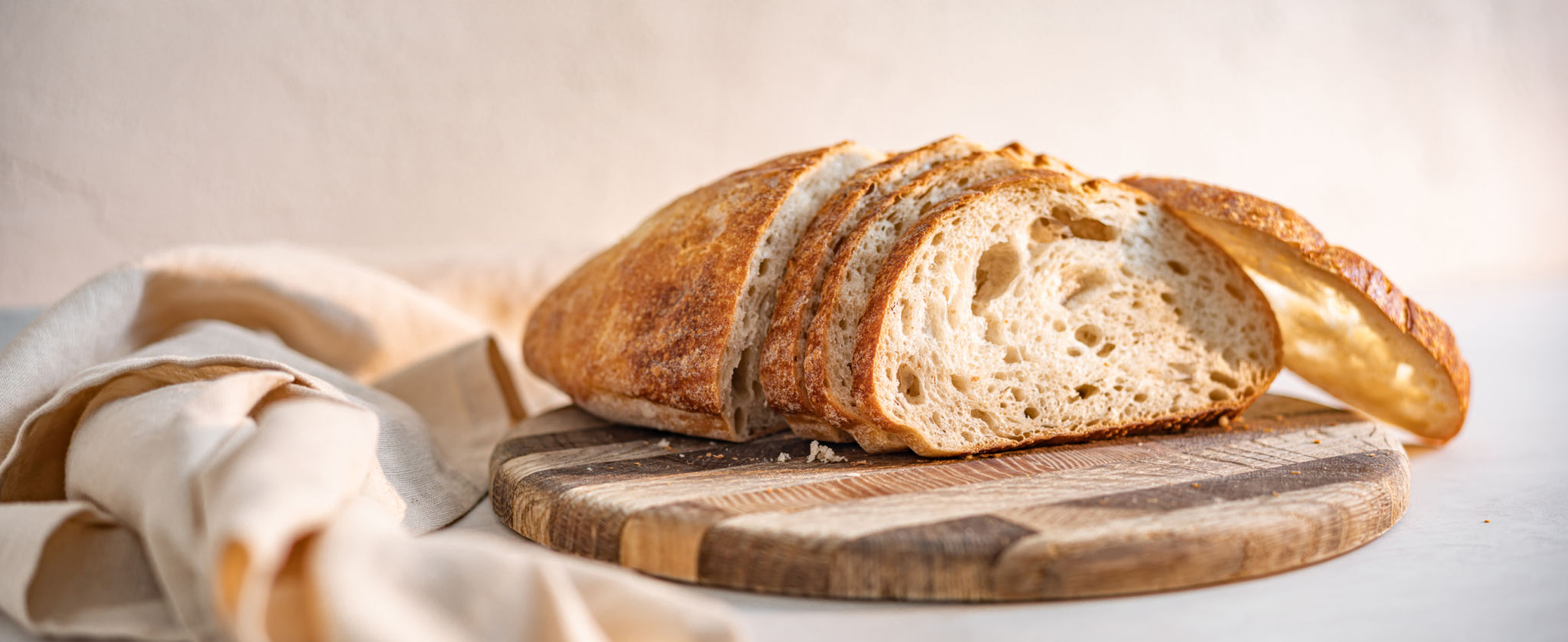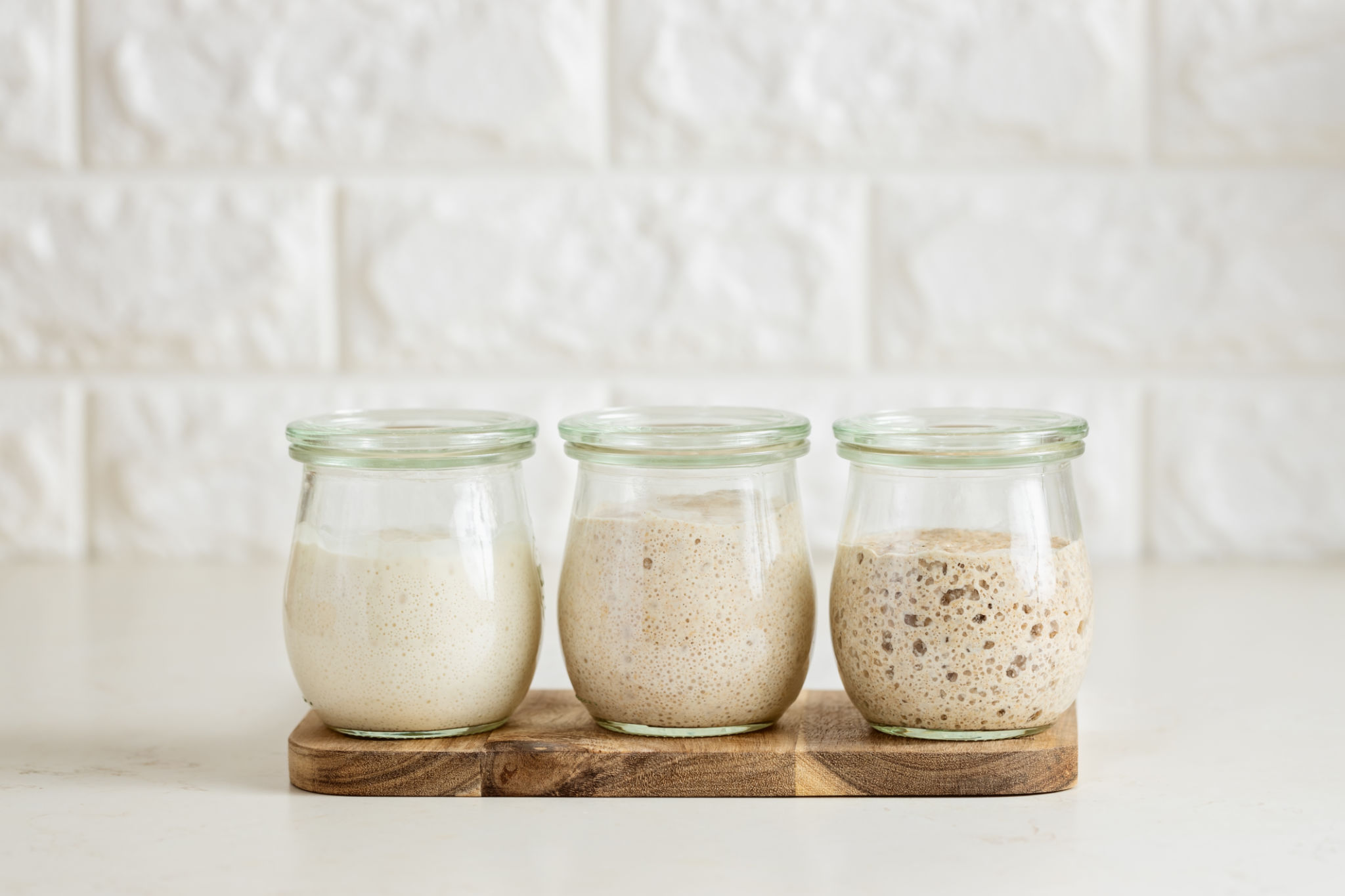The Art of Making Homemade Sourdough: A Beginner's Guide
Discovering the Joy of Sourdough
Sourdough bread, with its rich history and distinctive taste, has become a beloved staple for home bakers across the globe. The process of making sourdough is as rewarding as it is delicious. This guide will walk you through the basics, helping you embark on your sourdough journey with confidence and enthusiasm.

Understanding the Science of Sourdough
At the heart of sourdough bread lies a simple yet fascinating science. Unlike regular bread, sourdough uses a naturally fermented starter instead of commercial yeast. This starter is a living mixture of flour and water that captures wild yeast from the environment, which is then used to leaven the bread. The process not only creates a unique flavor profile but also aids in digestion and enhances nutritional value.
Creating and maintaining a sourdough starter might seem daunting, but it’s quite straightforward. It requires just two ingredients: flour and water. The key is patience and consistency, allowing the wild yeast to thrive over time.
Crafting Your First Sourdough Starter
To begin, mix equal parts of flour and water in a clean jar. Cover the jar loosely and place it in a warm spot in your kitchen. This mixture needs to be fed daily with fresh flour and water for about a week until it bubbles and doubles in size, indicating it's ready for baking.
- Day 1: Mix 50g of whole wheat flour with 50g of water.
- Days 2-7: Discard half of the starter and feed it with 50g of all-purpose flour and 50g of water.

The Baking Process
Once your starter is active, you’re ready to bake your first loaf. The basic ingredients are simple: flour, water, salt, and your sourdough starter. The process involves mixing, folding, proofing, shaping, and finally baking the dough. Each step contributes to the development of flavor and texture.
While the process may take a bit longer than using commercial yeast, the result is a loaf with a crispy crust, soft crumb, and tangy flavor that’s truly worth the effort.
Troubleshooting Common Issues
Even seasoned bakers encounter challenges when making sourdough. If your dough doesn't rise as expected or the crust is too hard, don’t be discouraged. Common fixes include adjusting water content for hydration or extending proofing times for better fermentation.

Embrace Experimentation
Once you’ve mastered the basics, feel free to experiment with different flours or add-ins like seeds, nuts, or dried fruits. Each variation offers new flavors and textures to explore, keeping your baking experience exciting and fresh.
Sourdough baking is as much an art as it is a science. Embrace each loaf as a learning experience and enjoy the satisfaction that comes from creating something truly special in your kitchen.